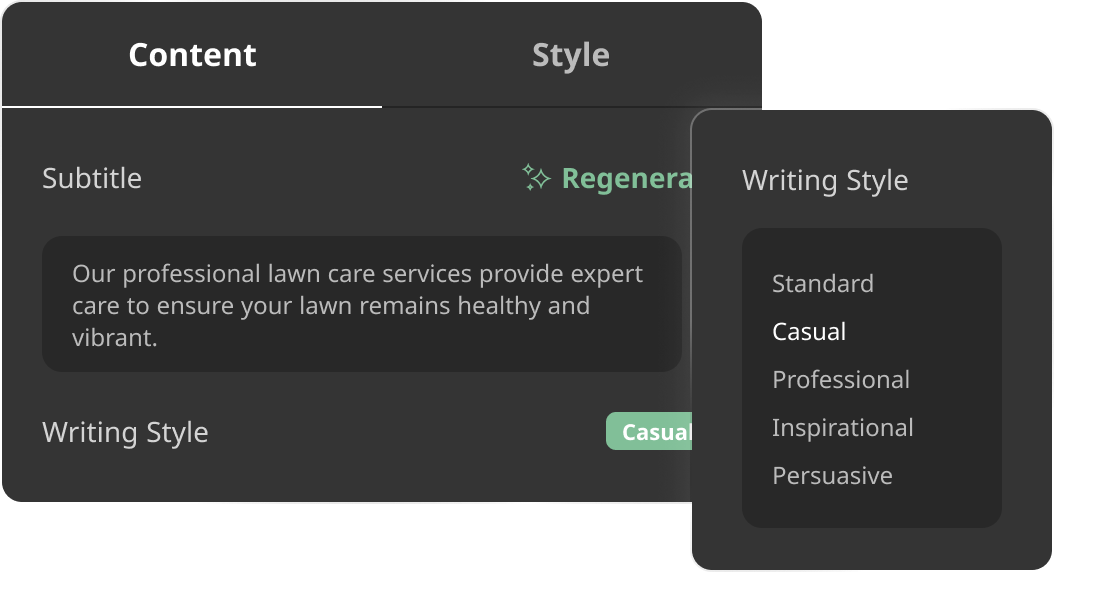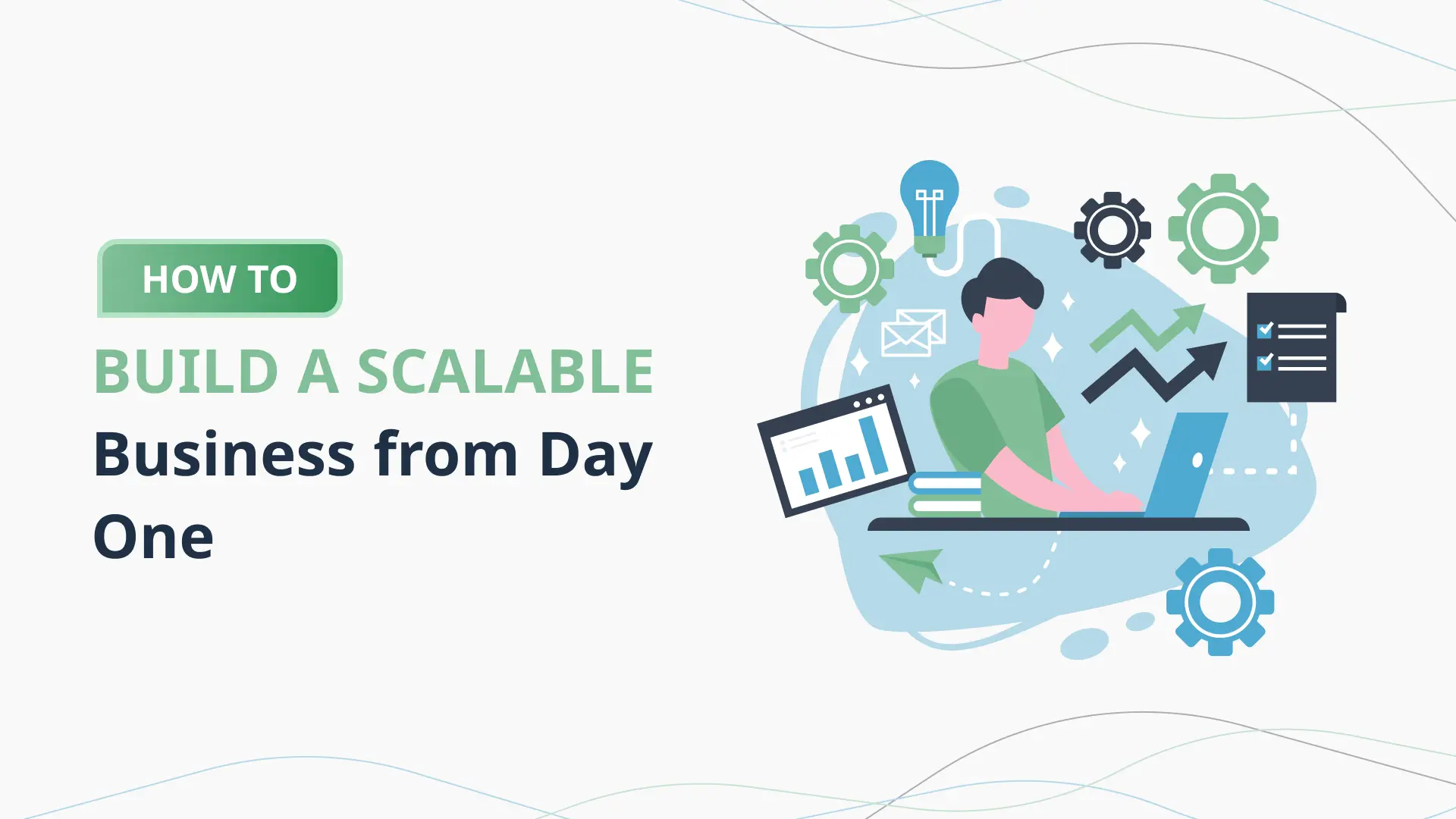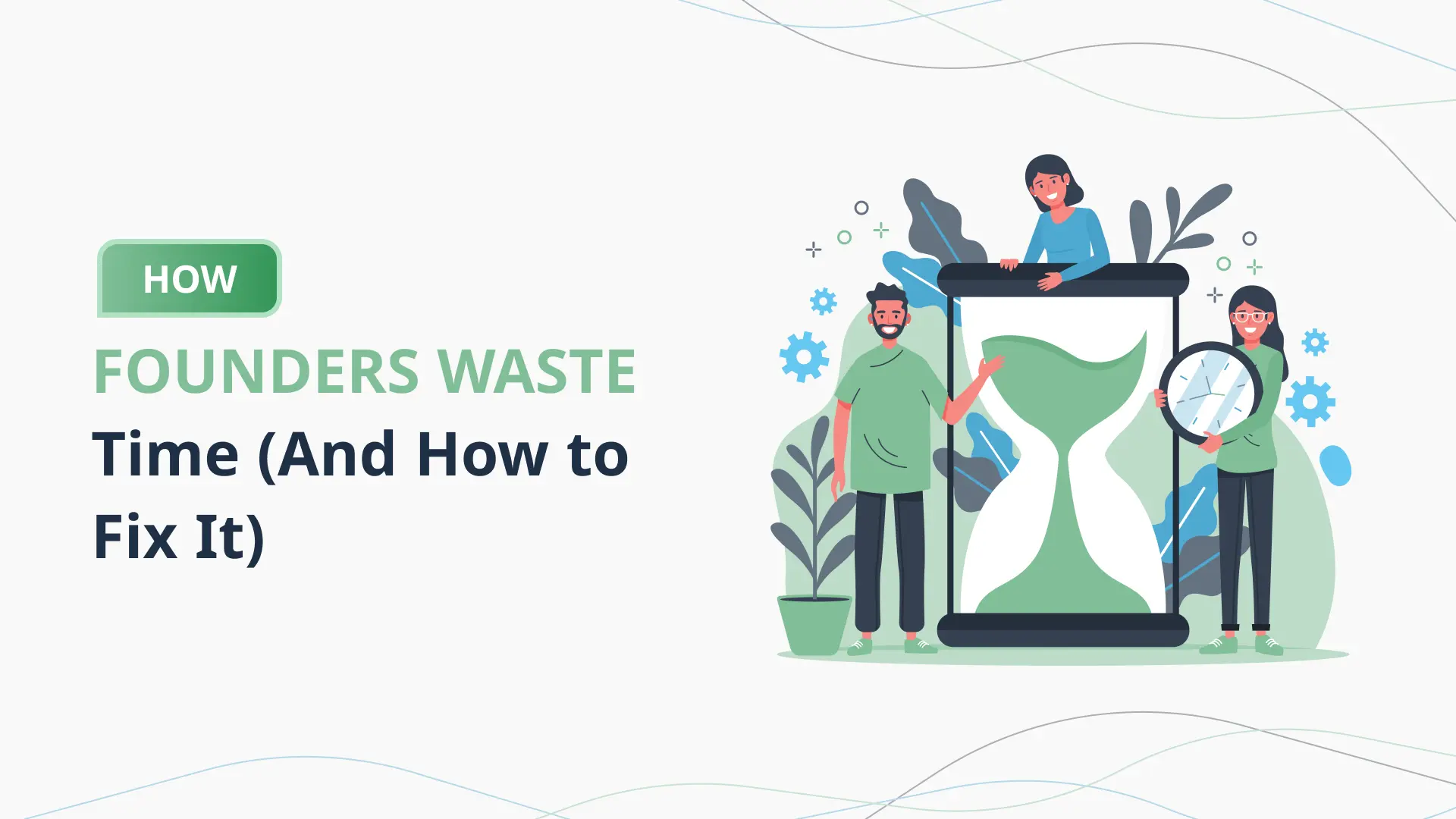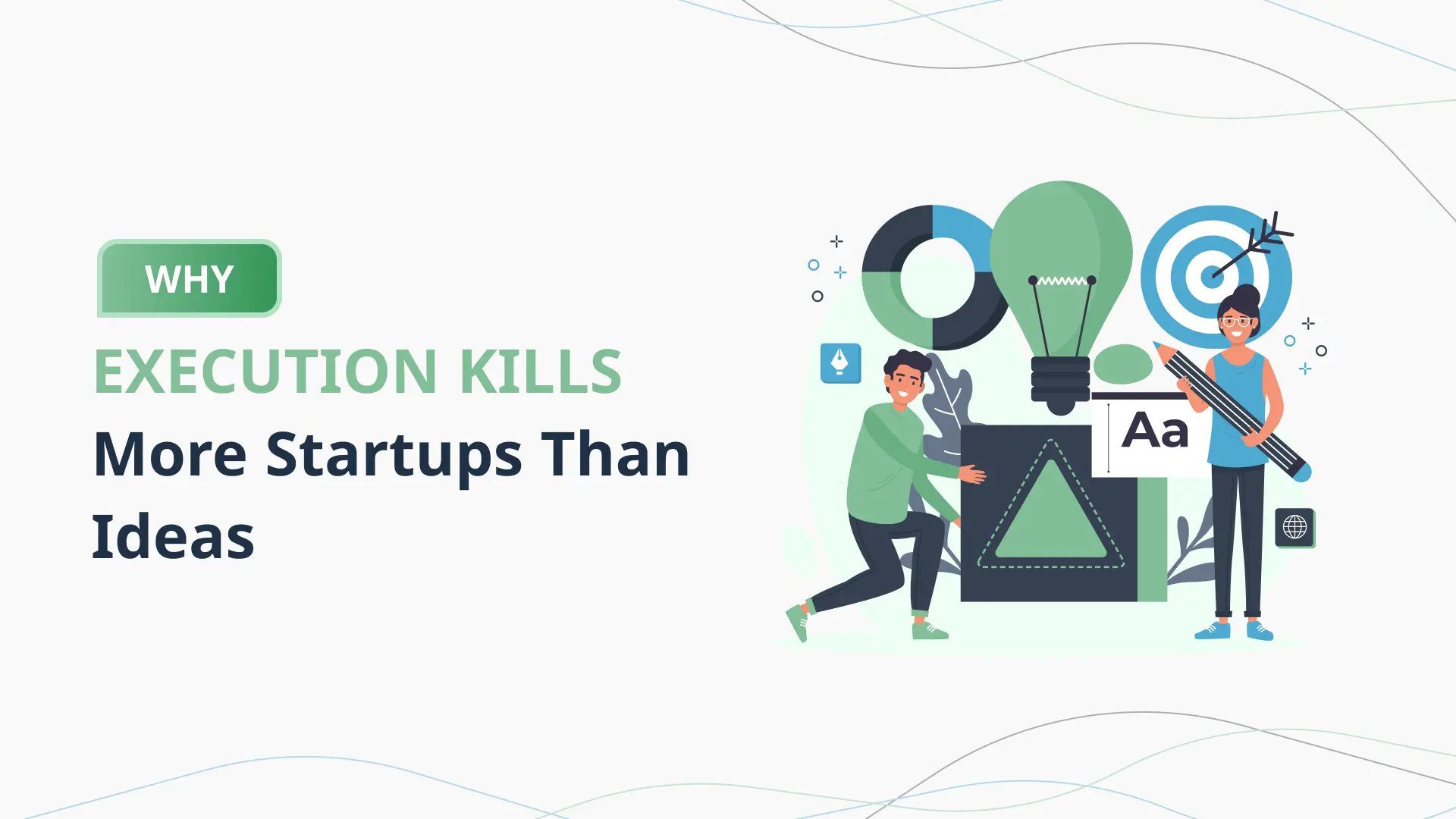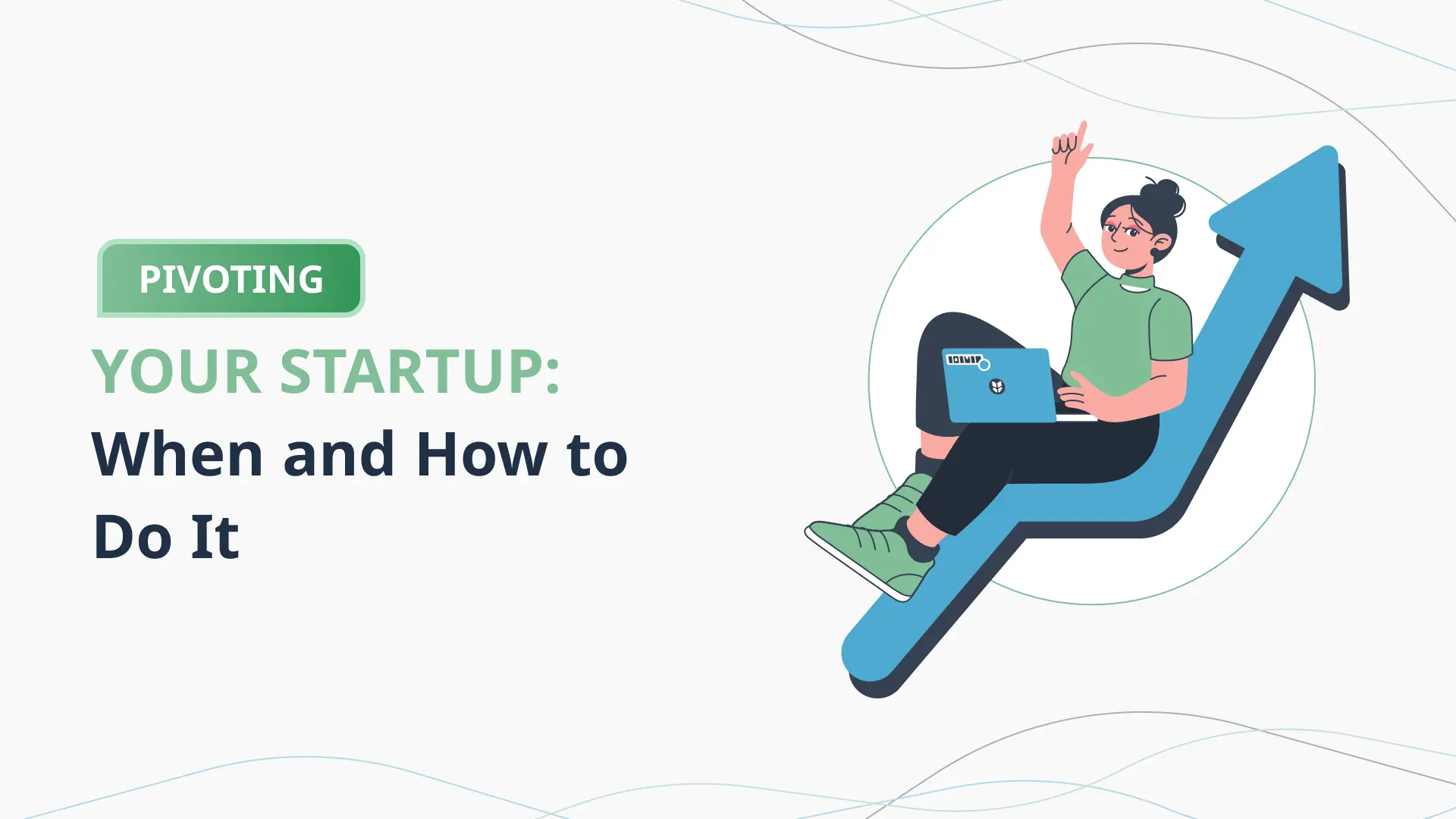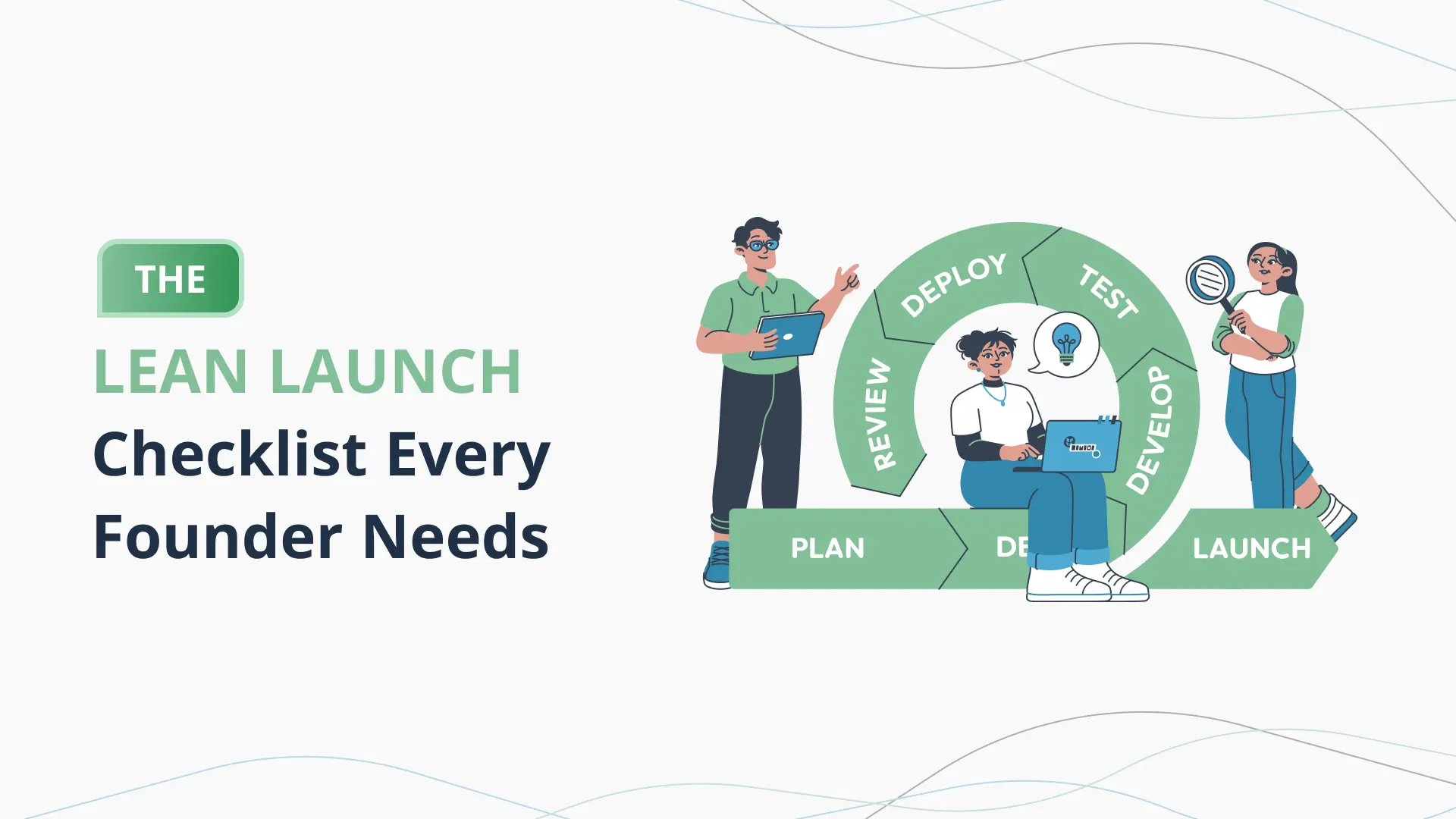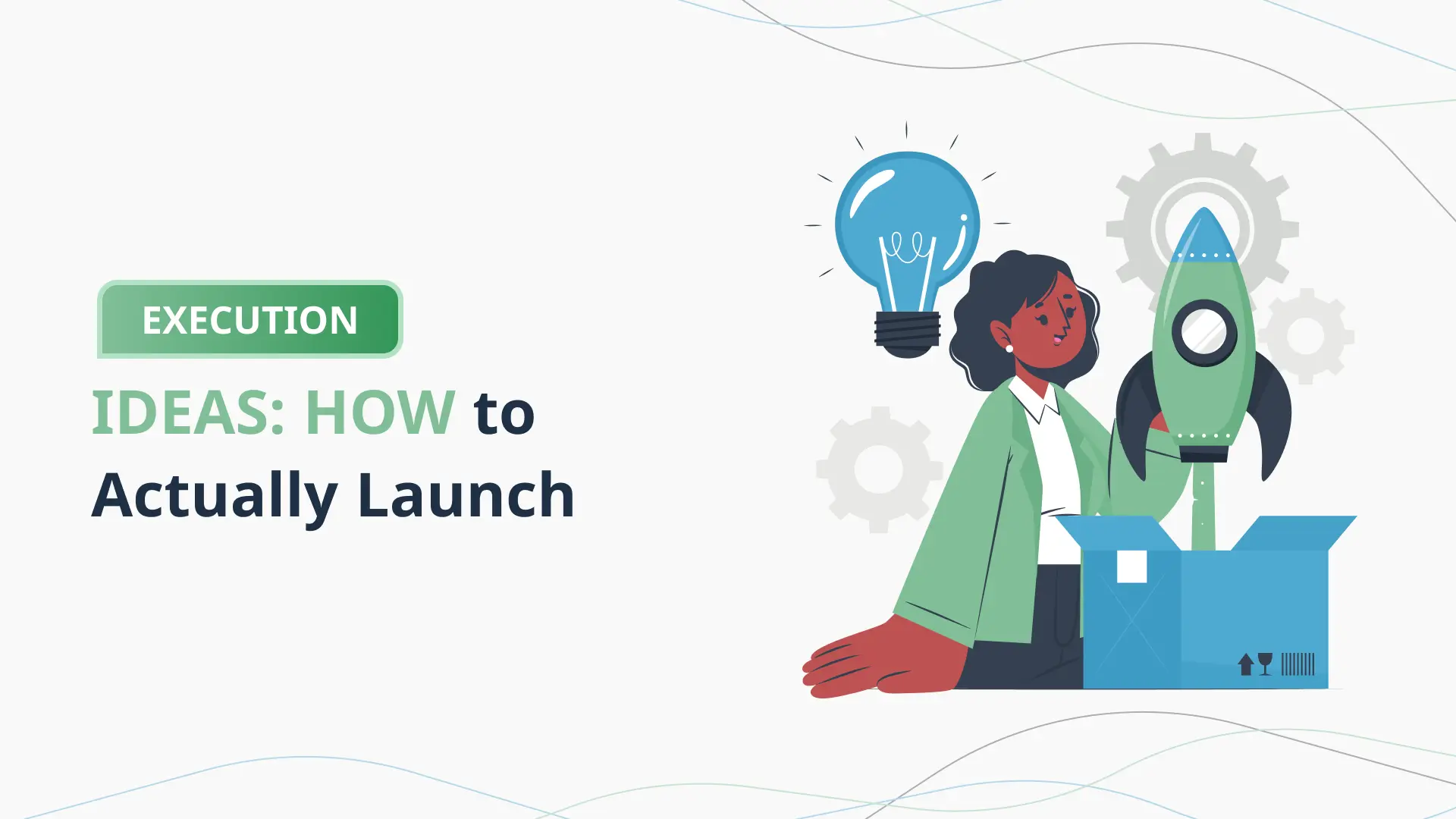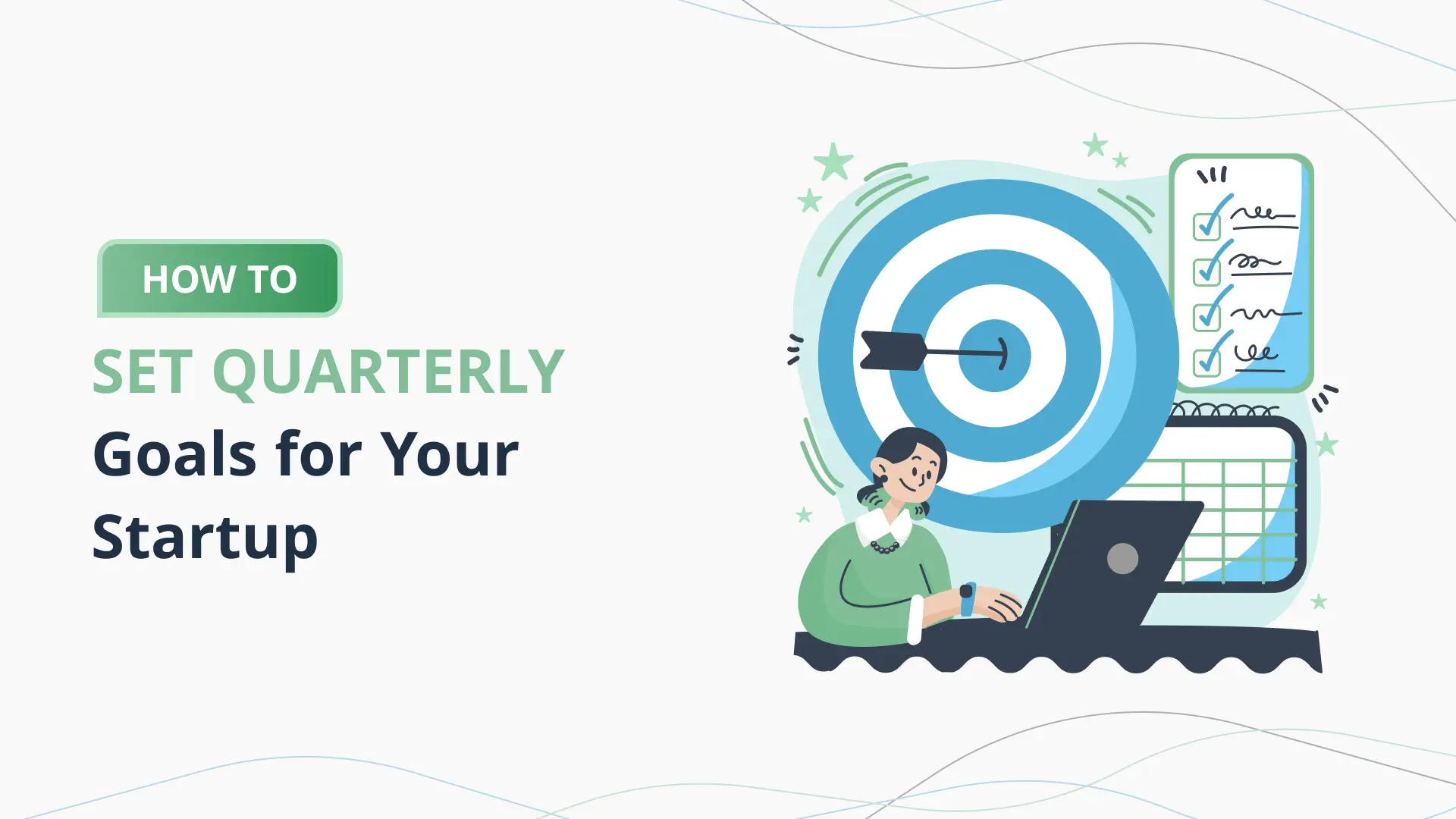Tools to Help You Analyze the Competition
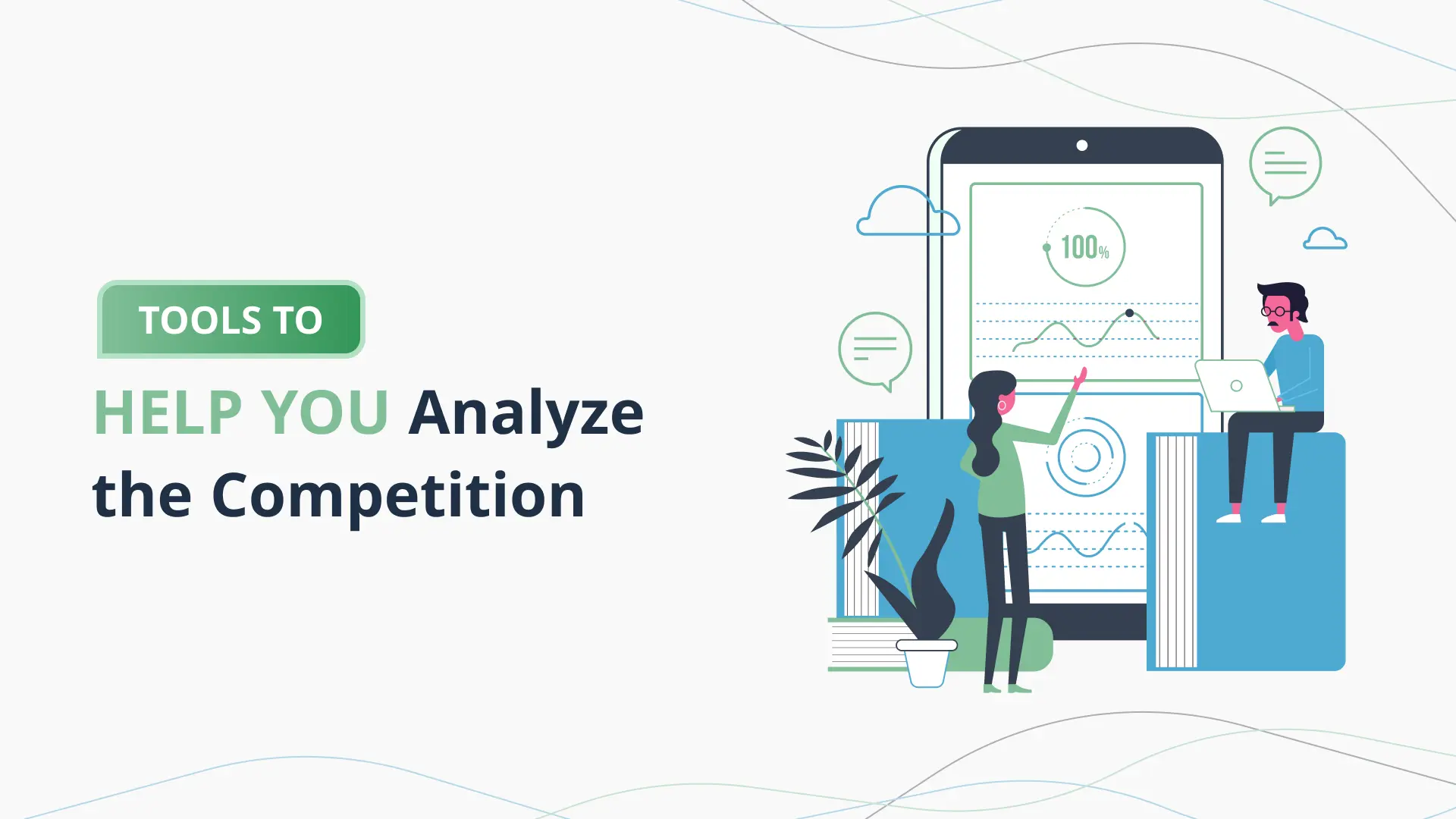
Introduction: Why Competitive Analysis is a Business Essential
In the high-stakes world of startups and entrepreneurship, one truth remains universal: to succeed, you must know your competition. Whether you’re launching a tech innovation in Silicon Valley or opening a boutique coffee shop in a local neighborhood, the need to understand what your competitors are doing, how they’re doing it, and how you can do it better has never been more critical. Competitive analysis isn’t just a nice-to-have—it’s the foundation of strategic business planning.
Startups, in particular, face an uphill battle. Resources are limited, the clock is always ticking, and markets can shift overnight. A brilliant idea can quickly lose its edge if a competitor executes it faster, cheaper, or with better customer appeal. That’s why competitive analysis should be woven into the fabric of your business planning process. It helps you identify your rivals, decode their strategies, assess their strengths and weaknesses, and most importantly, discover opportunities they’ve missed.
Let’s take an example. Imagine you’re building an online platform for freelance graphic designers. Without analyzing your competitors—platforms like Fiverr, Upwork, and 99designs—you might set pricing too high, miss out on key features users expect, or fail to attract the right designers and clients. But if you do your homework, you’ll uncover what users love or hate about these platforms. You’ll see where there’s room for a better user experience, a different pricing model, or more effective customer support.
Analyzing the competition isn’t about obsessing over your rivals. It’s about positioning your brand in a way that capitalizes on market gaps. It gives you the insight to craft better value propositions, build products that stand out, and implement strategies that resonate more deeply with your target audience. For business owners using an AI business plan tool like the PlanVista app, integrating competitive analysis into your planning process becomes even more seamless. With tools like these, you can combine real-time data, industry benchmarks, and AI-driven insights to make faster, smarter decisions.
In this blog, we’ll break down the tools that can help you effectively analyze your competition. From keyword research software and SEO trackers to market intelligence platforms and customer feedback tools, we’ll explore how each can be used to gain the competitive edge you need. We’ll also delve into real-world examples, common challenges, and the AI benefits that make competitive analysis more accessible than ever.
Whether you’re using a business plan generator for your first pitch or iterating your growth strategy for your tenth venture, this guide will give you the tools and mindset you need to dominate your niche. Welcome to the starting line of smarter, data-driven competition analysis.
Understanding Competitive Analysis
Competitive analysis is more than just a side task in your business planning—it’s a strategic discipline that drives informed decision-making. At its core, competitive analysis is the process of identifying and evaluating your competitors to understand their strengths, weaknesses, strategies, and market positions. Done right, it’s the key to making smarter product decisions, creating better marketing strategies, and positioning your business for success in crowded markets.
So, where do you start?
Step 1: Identify Your Competitors
Begin by categorizing your competitors into three types:
- Direct competitors: These businesses offer the same product or service as you, targeting the same customer base. Think of Pepsi to Coca-Cola.
- Indirect competitors: These offer different solutions to the same problem. For example, a yoga studio competes indirectly with a fitness app.
- Emerging competitors: Startups or new market entrants that might not be a threat now but could grow quickly with the right backing or innovation.
Understanding the competitive mix in your niche helps you assess market saturation, demand gaps, and innovation opportunities.
Step 2: Analyze Their Strategy
Once you’ve identified your competitors, look into their marketing, sales, pricing, and customer engagement strategies. What channels are they using? What kind of messaging resonates with their audience? What tone do they use on social media? A clear pattern will begin to emerge once you examine their content, ads, and customer reviews.
If you’re using a startup planning tool like the PlanVista app, much of this work can be automated. PlanVista’s AI business plan tool can aggregate and interpret these data points, helping you benchmark your own strategy against your competitors in minutes instead of days.
Step 3: Evaluate Strengths and Weaknesses
This step helps you find your competitive edge. A competitor might have high brand visibility but poor customer support. Another might dominate social media but struggle with logistics. Look into:
- Product features and quality
- Customer satisfaction and complaints
- Distribution channels and delivery efficiency
- Online visibility and engagement
- Customer loyalty and brand perception
By pinpointing these elements, you can understand where you can outperform others or carve a unique niche.
Step 4: Understand Market Positioning
Are your competitors luxury brands, discount leaders, or positioned for niche audiences? What are their price points? How do they frame their value? Analyzing their brand positioning will help you define your own. It also reveals unmet needs or audiences they overlook—prime opportunities for differentiation.
Step 5: Monitor the Landscape
Markets are fluid. What’s working today may be obsolete in a year. Regularly revisiting your competitive analysis ensures your strategies remain aligned with market demands. Tools like Google Alerts and industry newsletters can help, or you can automate this process through AI-powered insights via business planning platforms.
In essence, understanding competitive analysis is about building a roadmap that doesn’t just show you where the traffic is—but where the open lanes are. It’s not about replicating your competitors. It’s about surpassing them with smarter insights, better tools, and clearer positioning.
Up next, we’ll explore the essential tools that make this analysis efficient and effective.
Tools for Market Research and Competitive Analysis
In the age of digital intelligence, competitive analysis is no longer a guessing game. There’s a growing ecosystem of powerful tools designed to help you dissect your competition, monitor industry shifts, and discover hidden market opportunities. Whether you’re a solo founder using a startup planning tool or a small business scaling your operations, leveraging these tools effectively can give you a decisive advantage.
1. SEMrush – The SEO and PPC Powerhouse
SEMrush is a robust all-in-one suite for search engine marketing. It’s ideal for businesses looking to understand how competitors are driving traffic. You can track competitors’ organic keywords, analyze their backlink strategies, audit their websites, and even peek at their Google Ads campaigns. This helps you see which keywords generate the most value and where you can gain search visibility.
Best for: SEO strategy, paid ad benchmarking, keyword research.
2. Ahrefs – Uncover Content and Link Strategies
Ahrefs excels in backlink analysis, letting you see where competitors are getting their domain authority from. It also shows the content that earns them the most traffic, social shares, and engagement. For businesses creating blog strategies or ramping up their online presence, this tool is indispensable.
Best for: Content strategy, link-building insights, competitor content gaps.
3. SimilarWeb – Benchmark Traffic and Audience Behavior
SimilarWeb provides macro-level views of your competitors’ traffic patterns, engagement rates, referral sources, and audience demographics. Want to know if your competitor is getting more traffic from search or social? This tool gives you the answer—and more. It’s perfect for validating market interest and discovering emerging channels.
Best for: Market analysis, traffic source insights, user behavior analytics.
4. BuzzSumo – Find What Content is Winning
BuzzSumo analyzes content trends to show what’s performing best across platforms like Facebook, LinkedIn, and Twitter. It reveals top-performing content types, topics, and formats, enabling you to reverse-engineer viral success and discover key influencers in your space.
Best for: Content ideation, influencer discovery, trend monitoring.
5. Owler – Competitive Intelligence Delivered Daily
Owler aggregates company news, funding rounds, executive changes, and competitor moves into digestible alerts. It’s particularly useful for staying informed about key events that may impact your market. The platform allows you to track up to 15 companies for free, making it great for early-stage startups.
Best for: Industry monitoring, executive movements, competitive tracking.
6. Google Alerts and Trends – Free and Powerful
Don’t underestimate Google’s native tools. Google Alerts lets you track mentions of competitors in real time, while Google Trends shows you what’s gaining momentum in search. These tools are essential for lean teams or those just starting out.
Best for: Brand monitoring, trend spotting, news tracking.
7. PlanVista App – The AI Business Plan Tool Built for Competitive Insight
For startups looking to integrate all of this intelligence into one cohesive plan, the PlanVista app stands out. As a business plan generator with built-in competitive analysis features, it automatically pulls competitor data, suggests positioning strategies, and aligns your business plan with market demands. It’s a startup planning tool that saves time while increasing strategic clarity.
By combining these tools, entrepreneurs and small business owners can transform scattered insights into strategic gold. You’ll not only understand what your competition is doing—you’ll know what to do about it.
Real-World Examples of Competitive Analysis
Theoretical strategies are important, but seeing how competitive analysis is used in real-world scenarios truly brings its value to life. From global tech companies to local startups, businesses across all sectors rely on competitive intelligence to innovate, pivot, and thrive. These case studies show how strategic insights, backed by the right tools, can create market leaders.
Example 1: Netflix vs. Blockbuster – Reinventing the Game
Netflix’s rise and Blockbuster’s fall is a textbook example of successful competitive analysis. In the early 2000s, Netflix saw the pain points in Blockbuster’s business model—namely, late fees, limited physical inventory, and a lack of convenience. By analyzing consumer behavior and the limitations of the in-store rental model, Netflix launched its DVD-by-mail service, later pivoting to streaming before its rivals even recognized the threat.
Their analysis didn’t stop at pain points. Netflix continuously tracked media consumption trends, invested in data analytics to understand viewer preferences, and ultimately disrupted the entire entertainment industry.
Key takeaway: Observing consumer frustrations with existing competitors can uncover breakthrough innovation opportunities.
Example 2: Canva vs. Adobe – Democratizing Design
Canva entered the design software market where Adobe had long been the dominant player. Instead of competing head-to-head with professionals, Canva identified an underserved market: non-designers. Through competitor analysis, Canva discovered Adobe’s complexity was a barrier for small businesses, marketers, and students.
Canva simplified the user interface, introduced a freemium model, and focused on social media graphics—something Adobe hadn’t prioritized. Today, Canva serves over 100 million users globally, and Adobe has responded with its own simplified tools to catch up.
Key takeaway: Competitor weaknesses can become your biggest strengths if you serve a neglected audience.
Example 3: Swiggy vs. Zomato – Battling for Delivery Dominance in India
India’s food delivery giants, Swiggy and Zomato, are constantly engaged in a strategic chess match. Both monitor each other’s delivery speeds, restaurant partnerships, and user engagement. Swiggy introduced features like “Swiggy Genie” to expand logistics, while Zomato doubled down on cloud kitchens and subscription services.
Their marketing and pricing strategies also shift based on competitive reactions, with each company using real-time competitive insights to fine-tune promotions, user incentives, and app features.
Key takeaway: In hyper-competitive industries, continuous competitive analysis is crucial for staying agile and responsive.
Example 4: A Local Startup Using PlanVista
A small wellness startup in Pune used the PlanVista app to analyze competitors before launching its personalized nutrition product. By using PlanVista’s AI business plan tool, the team discovered that while competitors offered general plans, none tailored diets based on genetic testing and lifestyle data. This insight helped them develop a unique product-market fit, refine their pricing, and position their offering as a premium solution.
Since launch, they’ve used PlanVista to monitor evolving trends and adjust marketing strategies—resulting in a 30% boost in customer retention within six months.
Key takeaway: Smart tools like PlanVista can level the playing field for smaller startups, making advanced competitive analysis accessible and actionable.
Challenges in Conducting Competitive Analysis
While competitive analysis is undeniably valuable, it’s not without its hurdles. Many businesses—especially startups—find themselves overwhelmed by the sheer scope of what must be tracked, how often, and where to begin. Understanding these common challenges is the first step toward navigating them effectively and building a robust, ongoing analysis process.
1. Information Overload
In today’s data-rich environment, one of the biggest issues businesses face is too much information. From SEO stats and social media metrics to financial reports and user reviews, the volume of available data can lead to paralysis instead of insight.
Entrepreneurs often fall into the trap of collecting data without knowing what to do with it. This challenge is why structured tools—like the PlanVista app—are vital. PlanVista’s AI business plan tool filters and prioritizes the most relevant data points, saving time and focusing your attention on what really matters.
2. Keeping Data Current
Markets evolve fast. A competitor’s strategy last quarter may be irrelevant today. Unfortunately, many businesses conduct competitive analysis only once a year—during the business plan creation phase—and forget about it afterward.
The solution? Make competitive analysis continuous. Tools like Google Alerts or platforms with real-time monitoring (such as Owler or SimilarWeb) can help keep your insights fresh. For AI-powered startup planning, PlanVista’s continuous learning loop integrates this monitoring into your strategy updates.
3. Lack of Clear Objectives
Without specific goals, competitive analysis can feel aimless. Are you benchmarking marketing effectiveness? Looking for pricing gaps? Trying to understand customer sentiment? If your objectives aren’t clear, your analysis won’t yield actionable results.
Before diving into tools or metrics, define your purpose. This helps you determine what data you need, which competitors to focus on, and how to interpret your findings in a way that aligns with your strategic goals.
4. Access to Data
Not all data is public. Many competitors won’t disclose detailed financials, conversion rates, or proprietary strategies. While this makes deep analysis tricky, you can often infer key insights through reviews, social sentiment, and indirect indicators like web traffic or advertising spend.
Freemium tools may offer limited access, but premium options—especially those integrated into AI-driven business planning tools like PlanVista—aggregate deeper intelligence from multiple sources, giving you a more accurate picture.
5. Bias and Assumptions
It’s easy to see competitors as monolithic threats or assume they’re doing everything right. This kind of thinking can distort your analysis. Likewise, relying too heavily on past assumptions rather than real data can lead to flawed strategies.
Use objective frameworks like SWOT analysis and competitive matrices to guide your thinking. And always validate assumptions with actual data when possible.
6. Time and Resource Constraints
For startups especially, time and money are scarce. Competitive analysis may get pushed aside in favor of urgent product or customer service tasks. But skipping it can cost more in the long run through missed opportunities or misaligned strategy.
AI Benefits for Competitive Analysis
Artificial Intelligence (AI) is rapidly transforming how businesses approach competitive analysis. Where traditional methods often required hours of manual research, AI enables startups and growing businesses to process vast amounts of data in seconds—and extract actionable insights without the need for a dedicated analytics team. This shift is leveling the playing field, allowing even the smallest players to compete intelligently with industry giants.
Here’s how AI is changing the game for competitive analysis—and why integrating AI tools like the PlanVista app into your workflow can be a strategic advantage.
1. Automated Data Collection and Processing
AI excels at handling large datasets and synthesizing them into digestible insights. Instead of manually tracking competitor websites, social media channels, press releases, and product listings, AI can scan, analyze, and summarize this information in real-time.
For example, the PlanVista app uses AI to pull in data about competitor pricing models, customer reviews, website traffic patterns, and even social sentiment. It doesn’t just gather the data—it interprets it, highlighting trends and potential strategic moves.
2. Predictive Analytics
AI can go beyond current data to forecast future behavior. By analyzing patterns in competitor growth, customer engagement, and market shifts, AI can predict emerging threats or opportunities before they materialize.
Imagine knowing six months in advance that a rival is preparing to enter your niche, or that a trend you’ve ignored is about to go mainstream. These insights allow you to act, not react—a fundamental shift in competitive strategy.
3. Natural Language Processing (NLP)
Thanks to NLP, AI tools can read and interpret text from thousands of sources—blogs, reviews, press releases, and competitor landing pages—instantly. This gives you a nuanced understanding of how competitors are positioning themselves and how the market perceives them.
PlanVista integrates NLP to evaluate how competitors frame their value propositions. This helps you differentiate your messaging and avoid sounding like “just another startup.”
4. Benchmarking and Strategic Suggestions
AI doesn’t just show you where competitors stand; it also helps you benchmark your business against them. With PlanVista’s AI business plan tool, users receive strategic suggestions based on competitor performance, industry norms, and best practices. For example, if your pricing is higher than average but your value proposition isn’t clearly communicated, the tool might recommend adjustments.
This kind of contextual advice—backed by real data—is like having a virtual strategist on your team.
5. Time and Cost Efficiency
Let’s face it—most startups don’t have the budget to hire analysts or subscribe to expensive databases. AI-powered startup planning tools eliminate that barrier. With platforms like PlanVista, you get enterprise-level competitive analysis at a fraction of the cost and time.
Conclusion: Turn Insights into Action
Competition isn’t something to fear—it’s something to learn from. When you know who your competitors are, what they offer, and how the market responds to them, you gain the strategic clarity to chart your own path. Whether you’re launching a product, refining a pitch, or scaling your startup, competitive analysis isn’t just helpful—it’s essential.
Throughout this guide, we’ve walked through the fundamentals of competitive analysis, examined real-world success stories, explored powerful tools, addressed common challenges, and seen how AI—especially through the PlanVista app—can simplify and supercharge the entire process. Now it’s time to act.
Start by identifying your top five competitors. Use free tools like Google Alerts to stay on top of their updates and consider diving deeper with platforms like SEMrush or SimilarWeb. Analyze what they’re doing right—and where they’re missing the mark. From there, use that knowledge to sharpen your value proposition, adjust your marketing strategy, or rethink your pricing model.
But don’t stop there. Remember, competitive analysis isn’t a one-time task. Markets shift, consumer behaviors evolve, and new players enter the arena all the time. That’s why integrating your analysis into your ongoing business planning process is key to staying relevant and competitive.
This is where the PlanVista app becomes invaluable. As an AI business plan tool, it helps you not only understand your competition but also build and adapt your strategy in real time. With features like automatic competitor benchmarking, strategic recommendations, and seamless integration with your business plan, PlanVista turns data into direction.
It’s built specifically for entrepreneurs who want to work smarter—not harder. Whether you’re refining your MVP, pitching to investors, or just figuring out how to outshine the competition, PlanVista gives you a competitive edge without the overhead of traditional research methods.
So, what’s next?
- Download PlanVista and start your free trial. Begin by entering your business idea and industry—PlanVista will do the rest.
- Use the competitor analysis features to uncover gaps and trends. Let the AI highlight opportunities you might have missed.
- Integrate these insights into your business plan. Update your strategy based on real-time intelligence.
- Keep your plan dynamic. Revisit and revise your competitive analysis regularly to stay ahead of industry changes.
FAQs
Competitive analysis involves identifying your business rivals and evaluating their strengths, weaknesses, and strategies to inform your own business decisions.
Ideally, competitive analysis should be ongoing. At a minimum, review and update it quarterly or before launching a new product or campaign.
Absolutely. AI tools like PlanVista make advanced insights accessible to small businesses by automating data collection and analysis.
Popular tools include SEMrush, Ahrefs, SimilarWeb, BuzzSumo, and AI-powered business plan tools like PlanVista.
PlanVista offers real-time competitor benchmarking, market insights, and strategic recommendations—directly integrated into your business planning process.
